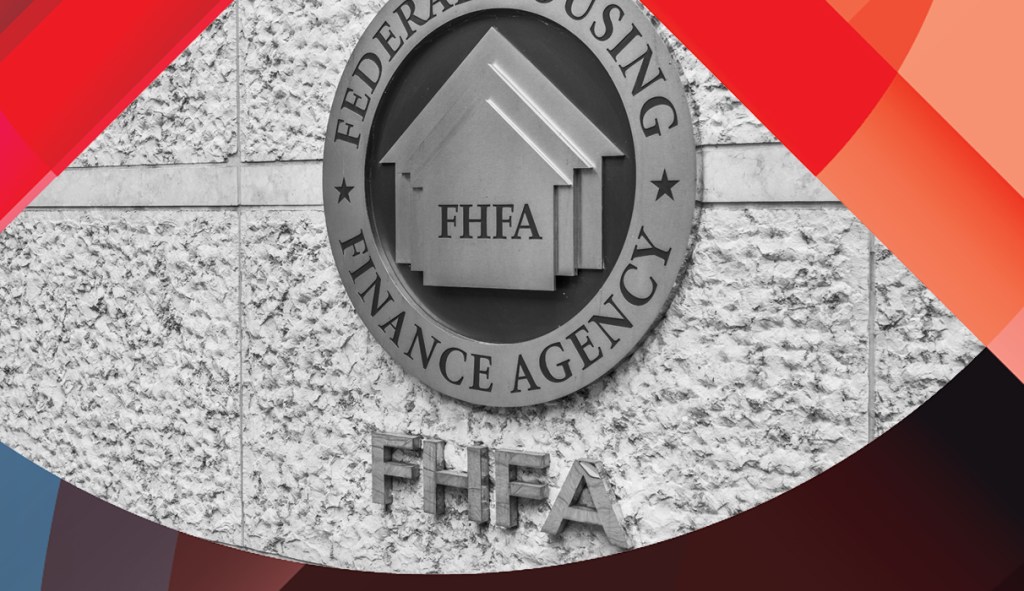
New affordable housing benchmarks proposed by the Federal Housing Finance Agency (FHFA) are the latest policy change to try and boost the share of minority homeowners.
The proposed rule would set higher requirements for Fannie Mae and Freddie Mac loan purchases in minority and low-income Census tracts. If Fannie Mae and Freddie Mac do not make the proposed goals, which would take effect starting in 2022, they could be subject to enforcement action or penalties from their regulator, the FHFA.
That’s not far outside the realm of possibility: In the last 11 years, Fannie Mae has missed its low-income purchase goals three times and flubbed its very low income goals five times. Freddie Mac has missed its low and very low income goals five times each since 2010, per FHFA’s report on their performance.
Stakeholders have two months to comment on the proposal. But some were ready to share their initial thoughts.
Scott Olson, the executive director of the Community Home Lenders Association, said that this latest step is “validation that the new sheriff in town, FHFA, is focused on access to credit, and making sure Fannie and Freddie are actively doing well in terms of reaching low and moderate income families.”
But while increasing the GSE goals is a clear step toward making more credit available to low-income and minority borrowers, Olson said that existing restrictions on higher-risk loans in the preferred stock purchase agreements undercut those goals.
“The higher-risk loans are the heart of minority lending and housing goals, and as long as [the limits] are in place, we have a problem,” Olson said. After some lenders were limited to a 3% cap on sales of investor and second-home mortgages to the GSEs, some are wary that the FHFA could take similar action with higher-risk loans.
“Even though they’re not saying that they are or will apply the limits on a lender by lender basis, you’d have to be blind not to see the risk,” said Olson. “They did it with the 7% investor limit, they could do it with this.”
The limits in the PSPA will make it “marginally harder” to meet the affordability goals, said Dan Fichtler, associate vice president of housing finance policy at the Mortgage Bankers Association, although he said it is too early to make exact predictions.
Still, the January PSPA amendments and the new affordability goals are “cutting against each other,” Fichtler said. “I imagine at least some of the loans limited thru the PSPA would be loans that contribute toward the affordable housing goal.”
Fichtler said that changes to the PSPA are on the table, but because any changes would need to pass through many layers of review at both the U.S. Treasury and the FHFA, it is not easy to accomplish quickly. That’s one reason why some have argued that such limits on loan types should not be part of a joint long-standing legal agreement between the FHFA and the Treasury.
“There’s a very good argument to be made that those limits are not appropriate for contracts between Treasury and GSEs that were meant to serve a different purpose,” said Fichtler. “FHFA has quite a bit of authority as regulator, supervisor and now conservator of Fannie Mae and Freddie Mac, and they certainly could institute limits on certain types of loans that the GSEs purchase in ways that are more flexible than would be allowed by limits written directly into legal contracts.”
While industry stakeholders are wary of changes that could put undue pressure on lenders while they are subject to limits on higher-risk loans, some affordable housing advocates praised the proposal — but hope for further changes.
David Dworkin, CEO of the National Housing Conference, said that the FHFA should also require Fannie Mae and Freddie Mac to publicly disclose the volume of individual loans by race, as well as income, and report on past performance under the new goals from 2018 to 2021.
Dworkin agreed that the PSPA limits and the increased affordability goals are at cross-purposes, and he said it is important they be adjusted this year.
“We really need to look at their book of business holistically and address individual risk factors both by their impact on investors and on borrowers,” said Dworkin. “We don’t want borrowers taking on more risk that they can handle, but [the GSEs’] book is so pristine, we’re nowhere near that.”
Others in the affordable housing community praised the changes to the goals, even if they welcomed the change mostly because the goals have historically been very conservative.
That’s particularly evident with the GSEs low-income refinance benchmark: it has trailed the market, sometimes by significant margins, every year in the past 11 years except two. In 2018, the GSE benchmark was 21%, compared to a market level of 30.7%.
Jesse Van Tol, president of the National Community Reinvestment Coalition, said that the new affordability goals represent a “shift away from the paradigm of setting meaningless goals.”
“These entities exist to push the envelope, to be leaders, to lead the market,” said Van Tol. “Trailing the market is by definition not a leadership position when it comes to affordable housing and ensuring broad access to home ownership.”




